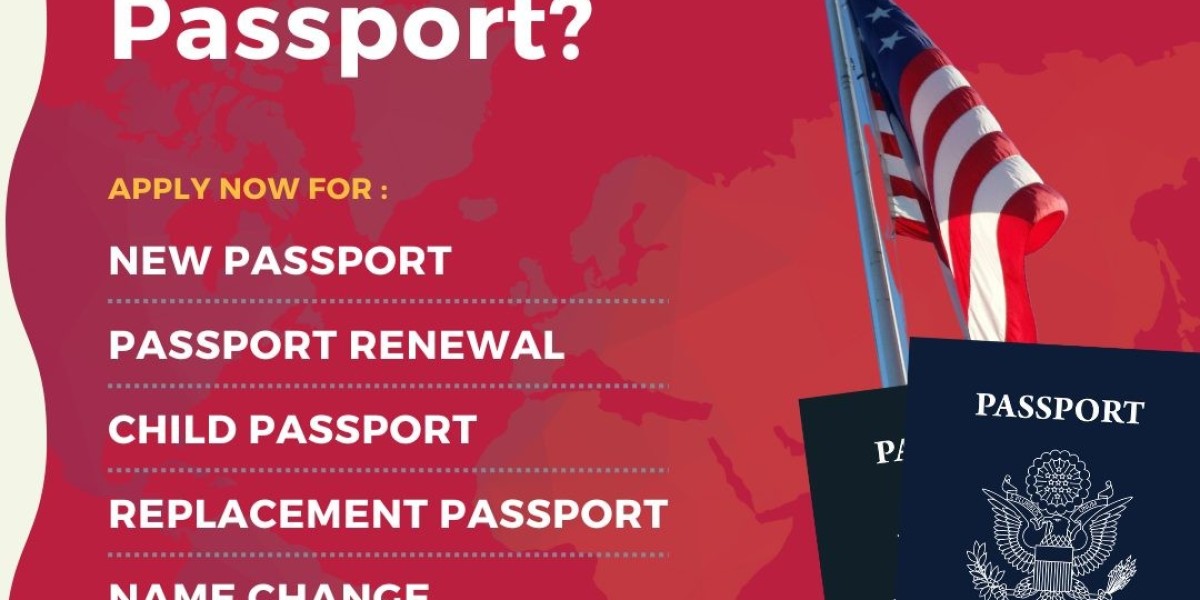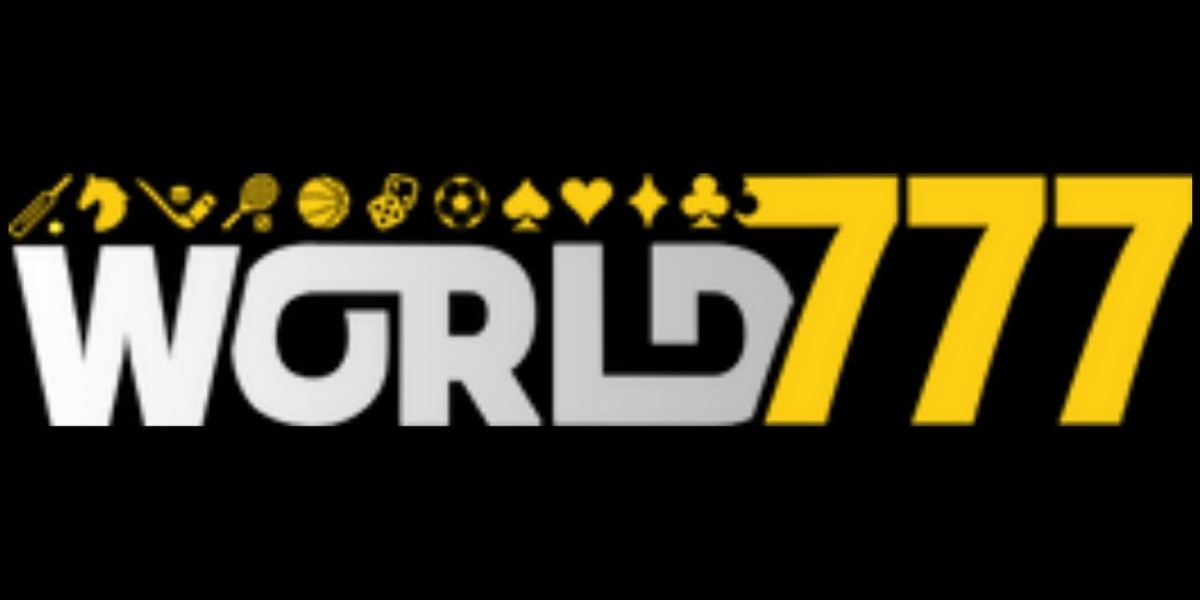In the dynamic and ever-evolving landscape of workplace culture and social events, the term "casual dress code" has become a familiar phrase. Yet, its interpretation can vary widely, leading to confusion and occasional fashion faux pas. This article aims to unravel the complexities of a casual dress code, exploring its nuances, providing clarity, and offering practical insights into navigating this sartorial terrain.
Defining Casual Dress Code:
1. Breaking Free from Formality:
At its core, a casual dress code represents a departure from the rigidity of formal or business attire. It embraces a more relaxed and comfortable approach to dressing, allowing individuals to express their personal style within certain boundaries. The goal is to strike a balance between professionalism and comfort.
2. Industry Variations:
The interpretation of a casual dress code can vary significantly across industries. What constitutes casual attire in a creative or tech-based industry may differ from the expectations in more traditional corporate settings. Understanding the industry context is crucial for navigating the dress code effectively.
Elements of Casual Attire:
1. Tops:
Casual tops can range from well-fitted T-shirts to blouses, button-down shirts, and knit sweaters. Graphic tees, when appropriate, add a touch of personality. The key is to choose tops that are not overly formal or restrictive, allowing for ease of movement.
2. Bottoms:
Casual dress codes typically permit a variety of bottom options. Jeans, khakis, chinos, and even well-maintained leggings may be acceptable, depending on the workplace or event. Shorts may be suitable in more relaxed settings, but it's essential to assess appropriateness based on the specific context.
3. Footwear:
Footwear choices for casual dress codes are diverse. Sneakers, loafers, flats, and stylish sandals are often acceptable. However, it's essential to gauge the formality of the environment; for instance, some workplaces may frown upon athletic sneakers, while others embrace them as part of the casual aesthetic.
4. Dresses and Skirts:
Casual dresses and skirts are popular choices for women in casual dress codes. These can include sundresses, wrap dresses, or skirts paired with comfortable blouses. The key is to strike a balance between comfort and modesty, avoiding overly formal or revealing options.
5. Outerwear:
Jackets, cardigans, and vests are excellent choices for adding layers to a casual ensemble. Denim jackets, in particular, are versatile and align well with a casual dress code. When choosing outerwear, consider the overall tone of the dress code and select pieces that complement the casual aesthetic.
Navigating the Spectrum of Casual:
1. Smart Casual:
One step above casual, the smart casual dress code introduces a slightly more polished aesthetic. It may include tailored pieces like blazers, collared shirts, and structured dresses. Smart casual strikes a delicate balance between casual comfort and a more refined appearance, making it suitable for a range of professional and social settings.
2. Business Casual:
Often used interchangeably with smart casual, business casual leans slightly more towards the professional end of the spectrum. Men may opt for dress shirts, slacks, and blazers, while women may choose tailored blouses, dresses, or skirts. Understanding the specific expectations of a business casual dress code is essential for creating an appropriate wardrobe.
Common Misconceptions:
1. Sloppiness vs. Casual:
A casual dress code does not equate to sloppiness. While comfort is key, maintaining a neat and put-together appearance is crucial. Wrinkled or ill-fitting clothing can convey a lack of professionalism, even in a casual setting.
2. Avoiding Overly Casual Items:
While casual dress codes permit comfort, there are limits to what is considered appropriate. Clothing items like pajamas, excessively ripped jeans, or overly casual loungewear are generally discouraged. It's essential to strike a balance between comfort and maintaining a level of professionalism.
Tips for Navigating Casual Dress Codes:
1. Observe Colleagues and Environment:
Pay attention to what colleagues and superiors are wearing in your workplace or at the specific event. This can provide valuable insights into the prevailing dress code norms. When in doubt, it's often safer to slightly overdress than to underdress.
2. Check Company Guidelines:
Some workplaces explicitly outline dress code expectations in employee handbooks or guidelines. Familiarize yourself with these documents to understand specific requirements and any industry-specific nuances.
3. Consider the Occasion:
The formality of a casual dress code can vary depending on the occasion. What is suitable for a casual Friday at the office might differ from a casual social gathering or a casual networking event. Tailor your attire based on the specific context.
4. Embrace Personal Style:
Casual dress codes offer an opportunity to showcase personal style within appropriate limits. Whether it's through colour choices, accessories, or unique clothing pieces, infuse your personality into your casual attire while remaining mindful of the overall aesthetic.
5. Grooming Matters:
Maintaining good grooming habits is crucial in a casual setting. Cleanliness, well-kept hair, and attention to personal hygiene contribute to an overall polished appearance, regardless of the dress code.
Casual Dress Code in Specific Industries:
1. Tech and Creative Industries:
Tech startups and creative industries often embrace a more relaxed dress code, allowing for greater individual expression. T-shirts, jeans, and sneakers may be commonplace in these environments. However, it's still essential to gauge the specific expectations within each workplace.
2. Finance and Law:
Finance and law firms generally lean towards a business casual or smart casual dress code. While the environment may be more formal, there is often room for individuality within these parameters. Tailored pieces, collared shirts, and closed-toe shoes are often staples in these industries.
3. Retail and Hospitality:
Front-facing roles in retail and hospitality may have more specific uniform requirements, but within these guidelines, there is often room for personal style. Understanding the brand's image and customer expectations is key in these settings.
The Evolving Landscape of Casual:
Casual dress codes continue to evolve, influenced by societal shifts, changing workplace cultures, and the ongoing impact of the global pandemic. Remote work and hybrid models have altered traditional dress expectations, leading to a more flexible approach to attire. As individuals navigate this evolving landscape, the emphasis on comfort, individual expression, and adaptability remains paramount.
Conclusion:
Understanding casual dresses code involves a nuanced appreciation of context, industry norms, and personal style. It's not a one-size-fits-all concept but rather a spectrum that allows for a range of interpretations. By observing, adapting, and embracing the principles of comfort and professionalism, individuals can confidently navigate the world of casual attire, whether in the workplace or at social events. Ultimately, a well-informed approach to casual dressing enhances both individual comfort and collective professionalism, fostering a harmonious balance in today's diverse and dynamic dress code landscape.









